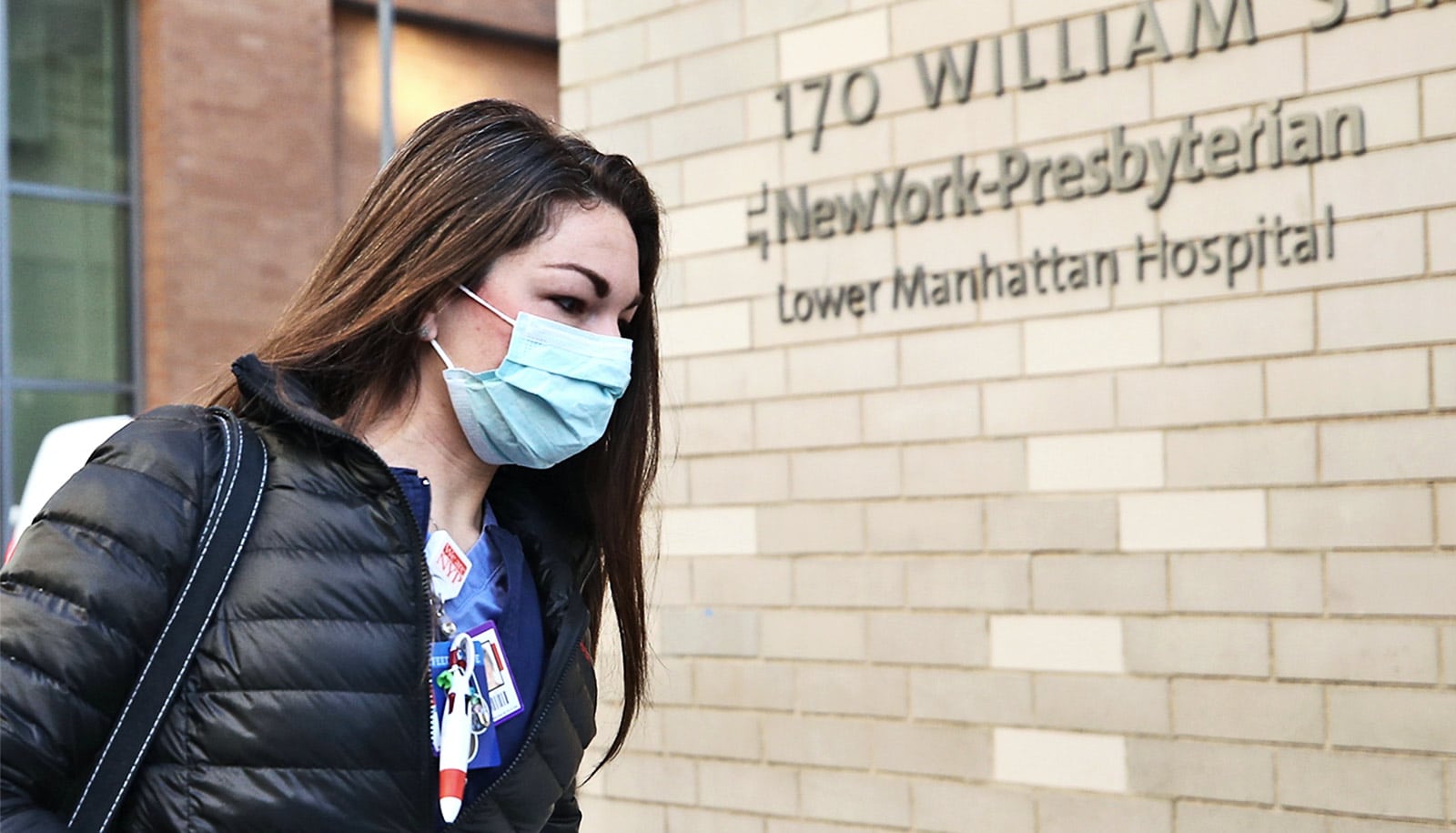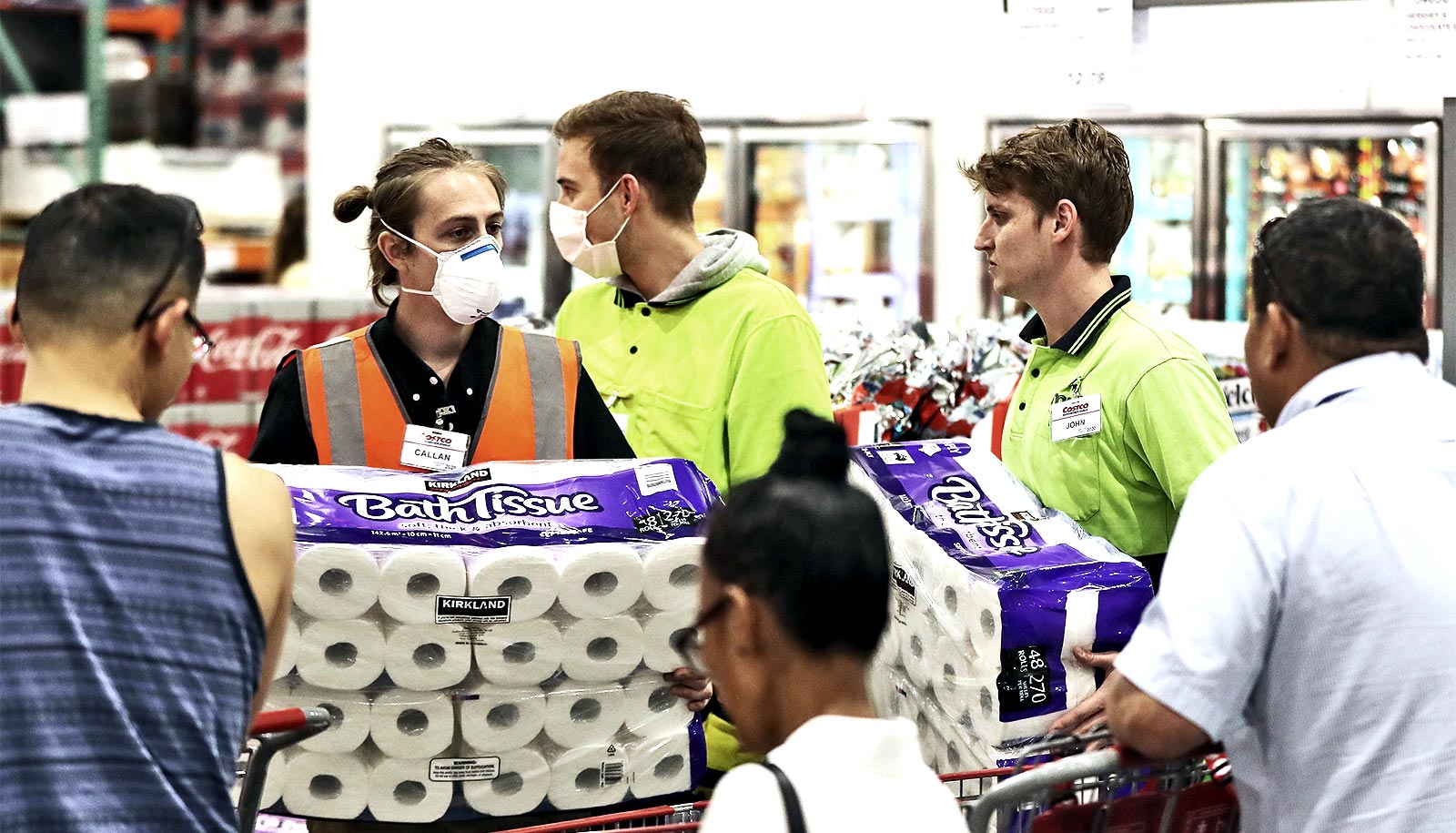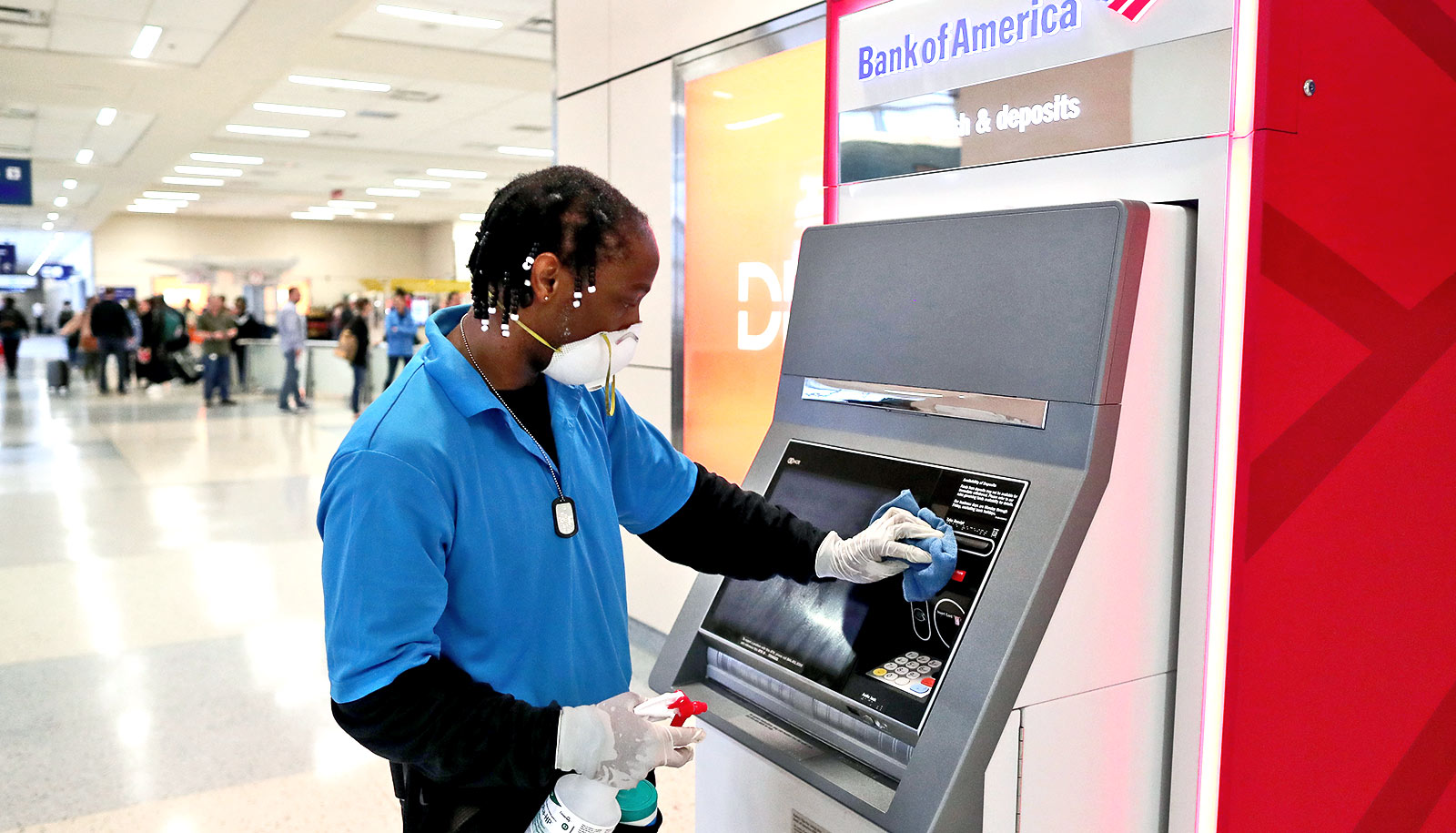While the COVID-19 pandemic has led to mass layoffs, other essential areas will instead face critical workforce shortages, according to a new report.
Social distancing, school and daycare closures, and measures to protect those people most at-risk limit the pool of workers firms can draw upon. How important will these constraints become, especially in essential industries?
To find out, researchers looked at data from the Survey of Income and Program Participation, the American Community Survey, and the National Health and Interview Survey.
“To minimize the spread of the pandemic, state governments are increasingly restricting who can work outside the home to workers in essential industries. Roughly 60% of employment is in these industries,” says Fabian Lange, a professor of economics at McGill University and Canada Research Chair in Labour and Personnel Economics.
“Reducing the strain on the health care workforce will be essential as they stand on the front lines of the battle against the pandemic.”
Who needs workers?
An important factor limiting the labor supply of people who can work outside the home is childcare, researchers say. School and daycare closures have made it substantially more difficult for some employees to go to work. Because of social distancing, grandparents, friends, and neighbors are less able to pick up any of the slack.
Roughly a quarter of the US workforce has young children at home and may therefore be constrained from full-time work.
Rates are slightly higher in essential industries and highest in health care, where 5.6 million workers have at least one child under 12.
Health care workers are also more likely to be single parents, and especially single mothers. It is therefore imperative to implement policies addressing childcare for health care workers to maintain labor supply in this crucial sector.
COVID-19 at-risk populations
“Another limiting factor on labor supply could be attempts to limit outside contact for members of the household who are most at-risk. At-risk populations include those aged 65 and over, people with compromised immune systems, and people with underlying medical conditions,” Lange says.
About one-fifth of the workforce is in an at-risk group or lives with someone who is more likely to suffer severe consequences from COVID-19. In health care, 25% of workers fall into this category.
Overall, 18.5 million essential (non-health) workers and 4.6 million health care workers fit into a high-risk group that limits their ability to participate in the labor force in order to protect themselves or a family member with underlying conditions.
Recall retired health care workers?
Health care workers have added constraints, Lange says. “They are under tremendous stress—not only because they face an increase in patients requiring intensive care, but also because of the likelihood that they themselves become infected.”
The researchers note that one option involves encouraging former nurses and health care workers to return from retirement and other jobs. However, the reserve pool of potential health care workers remains relatively small after accounting for the risks they face.
The researchers estimate that if every one-time nurse not currently in nursing received a recall, the number of nurses would increase 27%. More broadly in health care, the potential pool could add up to 40% more workers.
Nevertheless, two-thirds of these are either in a high-risk group or live in a household with a member from a high-risk group.
Additional coauthors of the report are from the University of Rochester, Stony Brook University, and McGill.
Source: McGill University



